
How to Keep Your Touring Caravan Warm and Cosy This Winter
By Anna Jones at Eversure,
13 November 2024, 12 min read
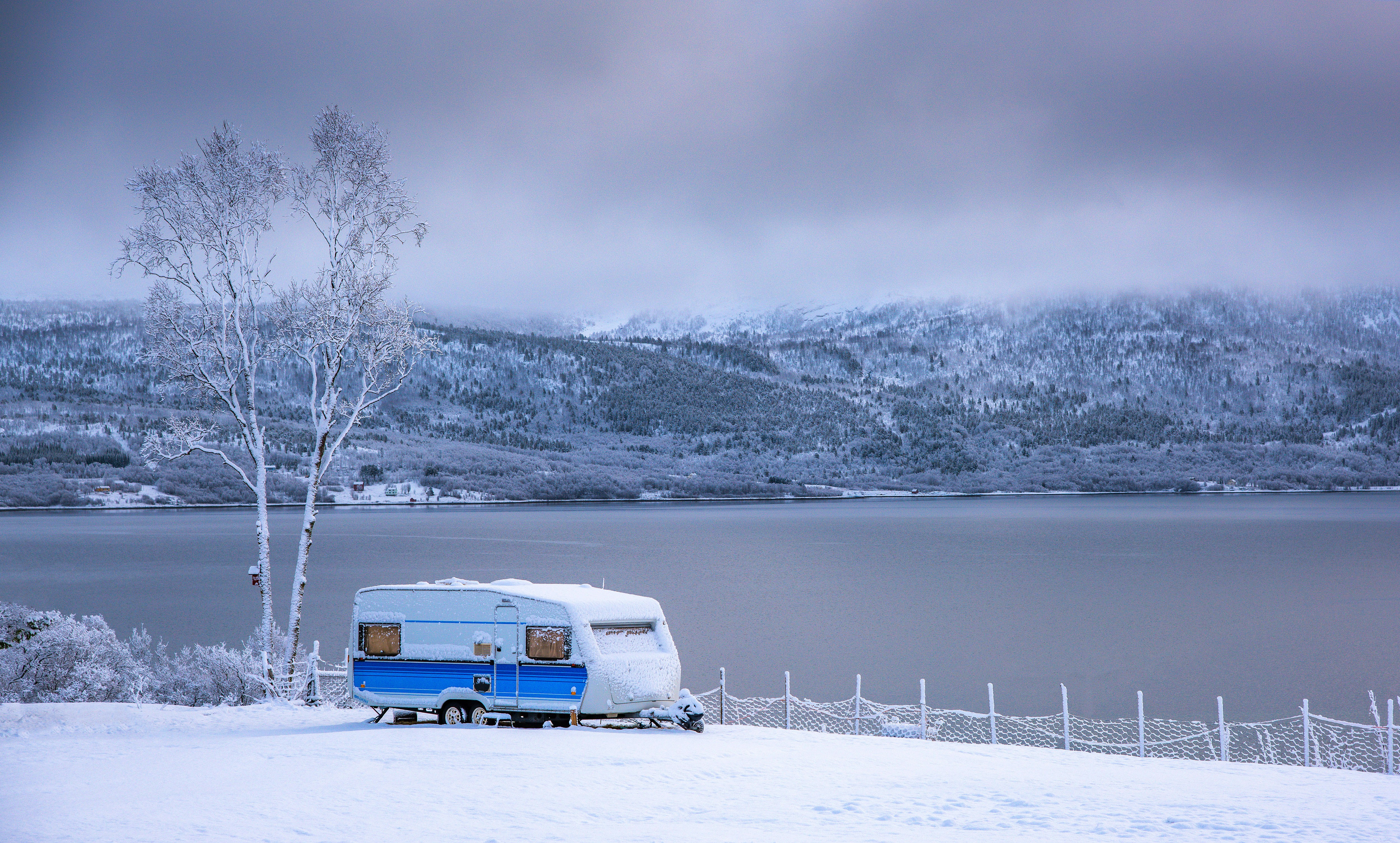
Caravans can get very cold in winter due to poor insulation. This can lead to issues like frozen water tanks, damp, mould and uncomfortably low indoor temperatures. To enjoy cosy winter getaways in your caravan, it’s essential to keep it warm.
This guide covers the different approaches to heating available for caravans, alongside additional tips for heat retention to allow you stay warm and cosy through the whole winter.
Heating Your Caravan
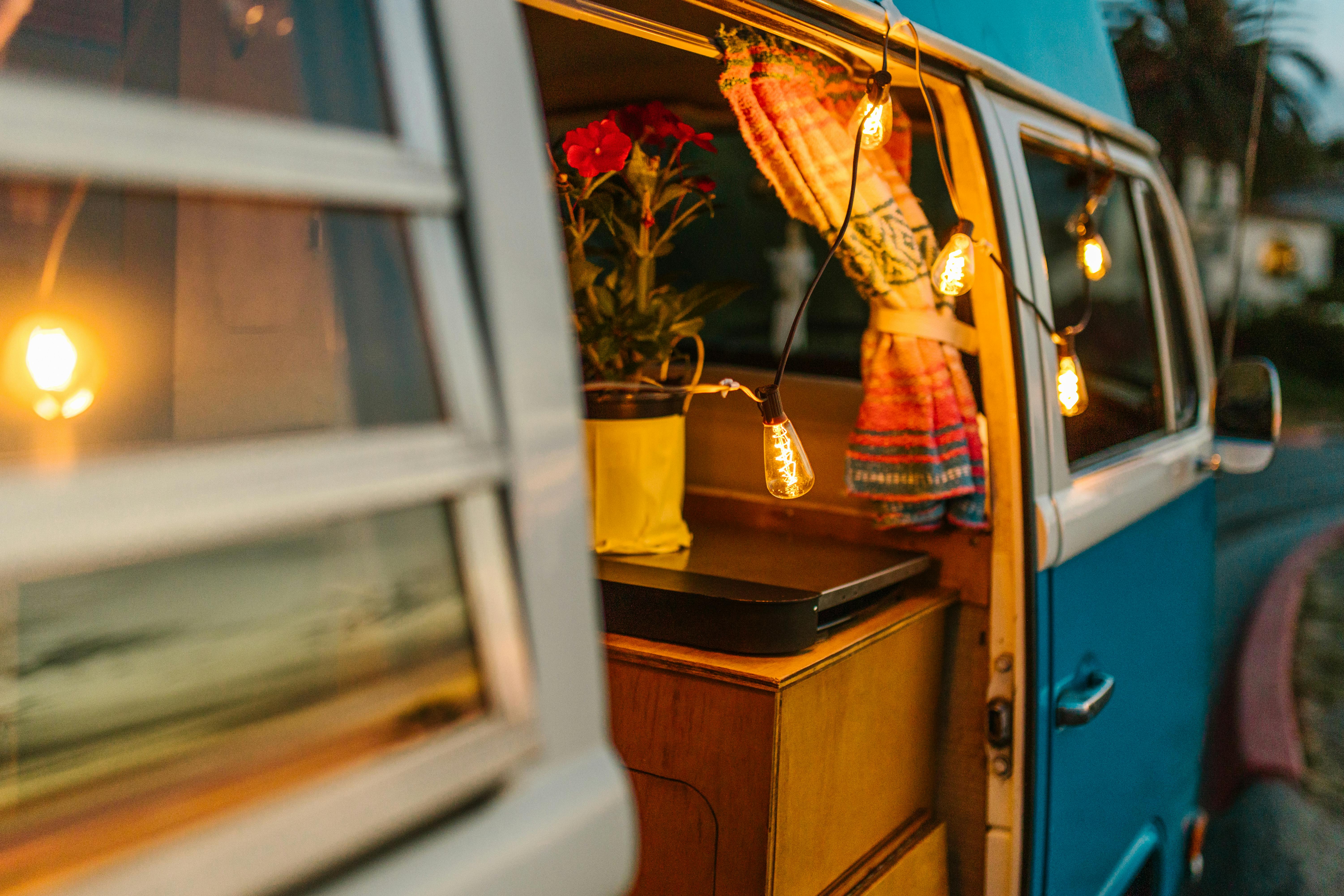
Caravan heaters are an affordable way to make long, cold and dark winter nights more bearable, without having to splash out on intricate and more comprehensive heating systems.
Popular heating systems for caravans include oil-filled radiators, electric heaters and gas or electric blown-air heating. Whilst each type of heater is great at making your caravan warm, they have different offerings and characteristics. When choosing the right heater for your caravan and your needs you need to consider features such as timers, thermostat controls, power consumption, airflow, noisiness and its weight. You also need to consider how the heater will distribute the warm air. Heaters without a space distribution system will leave some areas of your caravan cold; eliminating the number of cold spots in your caravan is important as it will reduce the likelihood of condensation forming.
Oil-filled Radiators
Oil-filled radiators and heaters are a popular choice for caravans as they are efficient and provide steady, even heat distribution. Unlike fan heaters, oil-filled models are safer as they don’t have wires likely to overheat or any exposed flames, and they don’t dry out the air. Although they come with a higher upfront cost, they are economical in the long run; their ability to retain heats means they don’t need to be left running as long for your space to be comfortable and your comfort will be ongoing after it’s switched off. However, oil-filled heaters are heavy and bulky meaning they are less portable and better suited to a more permanent setup. An important consideration is that oil-filled radiators require electricity to operate – they will drain your battery if you are not hooked up to a mains power source.
Electric Heaters
Electric heaters are a cost-effective and portable option for heating a caravan, especially for short-term use. They are generally the most affordable way of warming a caravan and are easy to set up as you just plug them into a socket, and they quickly heat the space. The warmth they provide can dissipate rapidly, particularly if there are draughts of poor insulation. Whilst they work well for a quick boost of heat, they may not be ideal for long-term, warmth retention.
Electric Oil-filled Radiators
Electric oil-filled radiators are more reliable, effective and economical for being used over long periods of time. However, they are bulkier and heavier so are less portable – and they are slower to heat up so may not be ideal if you need immediate warmth.
Ceramic & Fan Heaters
Ceramic heaters and fan heaters are another great option for instant warmth. Fan heaters blow out warm air which can be noisy; ceramic heaters are quieter and pivot around the room rather than staying static meaning small spaces don’t overheat.
Plug-in Socket Heaters
Plug-in socket heaters are another fantastic compact option perfect for small caravans. If space saving is your top priority, then consider purchasing one of these as they plug straight into a socket but be aware that their small size means they don’t generate as much heat.
Carbon Heaters
Carbon heaters are like halogen heaters in that they use a light bulb, but the filament is carbon meaning they are safer, and the infrared is also better for warming the skin.
Oil-free Heaters
Oil-free heaters are amongst the safest heating options for caravans, as they use aluminium rather than oil, eliminating the risk of any leaks. They also operate silently meaning they are a great choice for light sleepers.
It may be tempting to use your cooker as a heater, but this is not recommended. Instead, simply enjoy the warmth generated whilst cooking, rather than running it solely to heat your space.
With so many heating options available, choosing the right one for you can feel overwhelming. To help you compare, we’ve created a table outlining the pros and cons of each heater style:
| Heater Type |
Pros |
Cons |
Ideal Use |
| Oil-filled Radiators |
Efficient Heat distribution Safer as no exposed flame Doesn't dry out the air Economical for long term use |
High initial cost Heavy and bulky Slower to heat up |
Permanent placement in your caravan Ideal for caravans requiring longer, more consistent warmth |
| Electric Heaters |
Cheaper for short term use Compact and portable Quick to warm up |
Heat dissipates quickly Requires socket |
Quick, portable heating |
| Fan heaters |
Instant warmth Compact and portable |
Can be noisy Heat may not last long in draughts |
Small and quick at heating |
| Electric Oil-filled Radiators |
Reliable heat for long periods Economical for extended use |
Heavy and bulky Slower to heat up |
Long-term, permanent heating
|
| Plug-in Socket Heaters |
Compact and portable Easy to use |
Limited heat output due to size |
Small caravans or confined spaces |
| Carbon Heaters |
Infrared warmth |
Requires maintenance for bulb replacement |
Direct warmth, ideal for personal heating |
| Oil-free Heaters |
Safe to use No risk of oil leakage |
Lacks long lasting heat Aluminium cools down faster than oil <.td>
| Safe and quiet operation |
Heat Retention
Now you’ve successfully warmed up your caravan with a heater the next step is to keep that heat inside.
Curtains and Blinds
Start by closing your blinds and curtains and consider upgrading to thermal curtains for further insulation. If you frequently caravan in winter and notice your caravan struggles to stay warm, then consider investing in double-glazed windows – these, in conjunction with thermal curtains, are a powerhouse at keeping your caravan warm. Make sure to keep all blinds and curtains open during the day to allow the sun to contribute to warming up your caravan.
Draught Excluders
If you feel a draught, then it’s likely to be coming into your caravan through an ill-fitting window or door. Short term solutions do not have to be expensive – you can use gaffer tape. Additionally, draught excluders are a simple but effective way of keeping cold air out and warm air in. Installing a blade or brush-style draught excluder under doors will help keep your caravan a comfortable temperature. Some excluders come in decorative patterns which can add a cosy touch to your space whilst also improving heat retention. It’s easy to attach these excluders to the bottom of your caravan’s internal doors to prevent heat from escaping.
To draught proof internal doors, fit a brush strip to the bottom of the door and a self-adhesive foam seal strip all the way around the door frame. Draught excluders come in various sizes for different-sized gaps so make sure to measure the length of your door.
Use a damp cloth to clean of any dirt and loose paint on the door frame and allow it to dry. Place the self-adhesive foam draught excluder all the way around the edge and cut to the right length with scissors. Make sure you attach the strip to the frame rather than the door or it will rub off when the door closes.
If you choose a draught excluder that is more similar to a door stop, then you simply placec it by the bottom of the door when the door is closed.
Vents
Although it’s tempting, do not close all your vents to keep warmth in as this can lead to poor ventilation. This then creates an ideal environment, a confined, heated, poorly ventilated space, for mould spores to thrive. Investing in a dehumidifier can help control moisture levels and reduce the risk of damp buildup and subsequent mould growth but you still must keep all vents open.
Awning
Attaching awning is an excellent way to prevent heat from escaping when you open the door. It also creates a convenient space to leave wet, muddy boots and coats outside therefore reducing the amount of moisture brought into your caravan. As long as the awning covers the door area, it can minimise heat loss when you are entering or exiting.
When choosing an awning, opt for one that is compact and easy to pack and then easy to spread out to dry at home. A heavy-duty fabric with sturdy poles is ideal for withstanding winter conditions and guy ropes can provide extra stability. You may also want to purchase additional poles to reinforce the roof structure for added durability. Choose an awning with a slanted roof so rain and snow slide off easily.
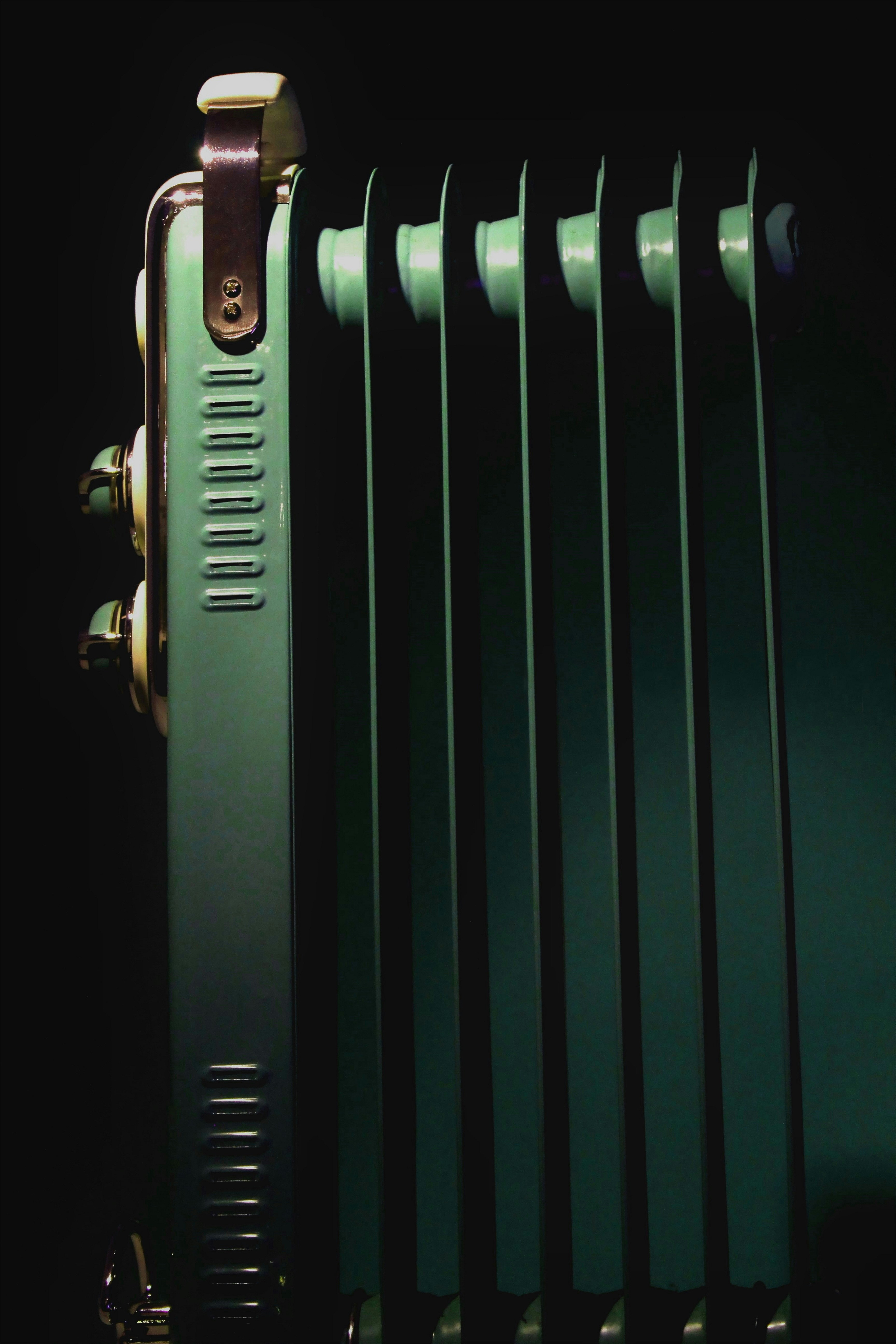
Bleed Your Radiators
Make sure your radiators are working properly as issues such as a build-up of debris, corrosion or limescale can reduce their efficiency. Signs a radiator needs bleeding or flushing include hissing noises signalling trapped air, slower heating time, feeling hot at the bottom but cold at the top or other random cold patches.
To bleed your radiator, first place an old towel or container underneath the valve to catch any water. Then turn the valve slightly anticlockwise with a radiator key or flat screwdriver. If the bleed valve is stubborn, then try using pliers or pouring over some hot water to loosen it. Only open the valve until you hear a hissing noise – this is the sound of the air escaping.
Additionally, make sure there is enough space in front of each radiator. Keep furniture and other items clear to allow for full heat circulation and therefore that your space stays warm.
Keep the Heating On
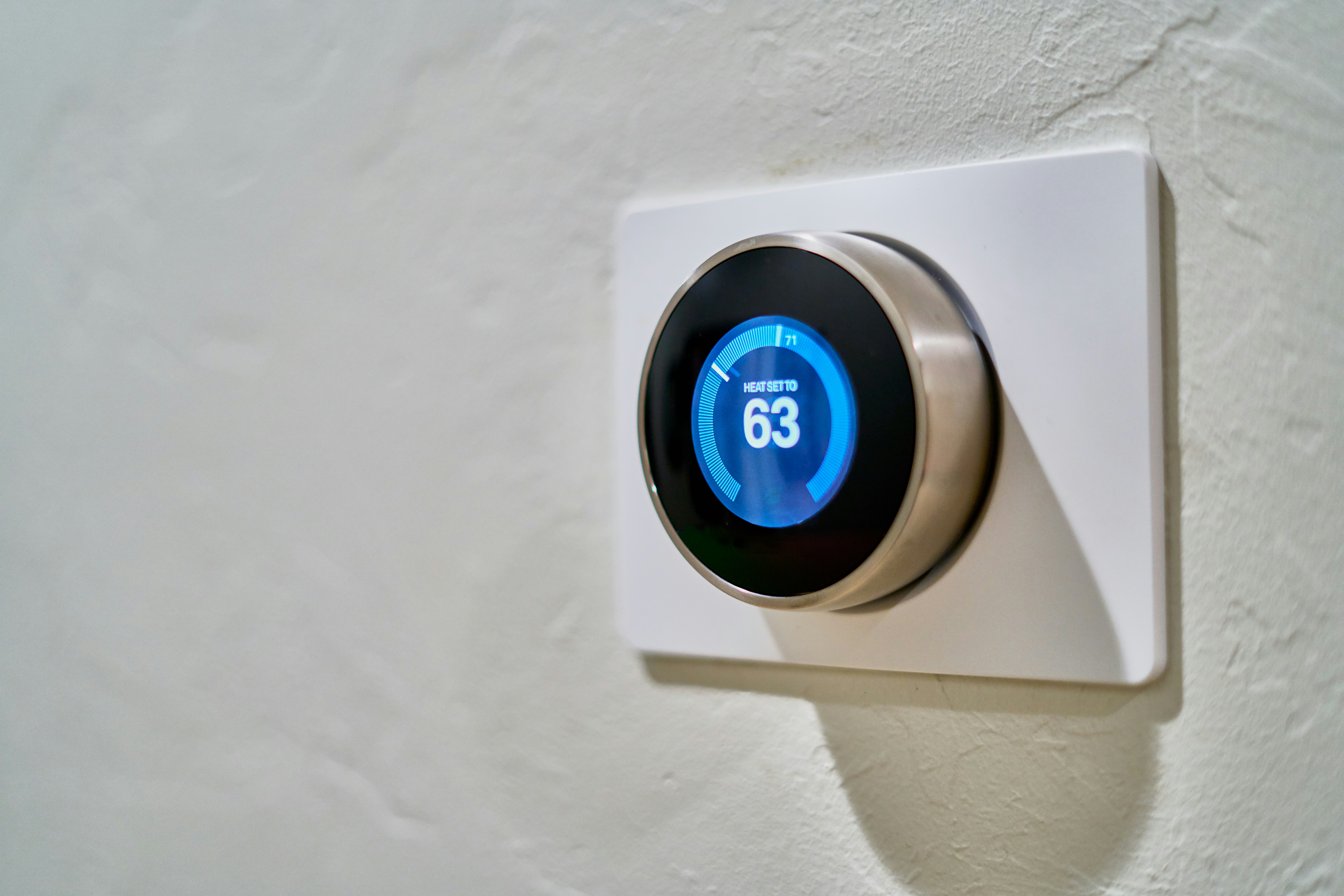
When you are out of your caravan for long periods of the day then opt to leave your heating on a low setting rather than switching it off entirely and then having to blast it when you return. This is more economical and is better for your comfort. Safely leaving the heater on is highly beneficial for ensuring nothing freezes as well. If you have a newer caravan, its heating may even be controlled by a mobile app, meaning you can start to warm up your caravan on your way home.
External Considerations
It is also important to consider essential external elements including the electric hookup, the external water carrier and the gas cylinder. Making sure these components are winter ready will help maintain a reliable and efficient heating set up.
Electric Hookup
If you are staying on site and hooking up, which is helpful in terms of conserving your gas supply and maintain battery power, then you need to consider the voltage. Many campsite hookups offer 10 or 16 Amps; you should look for a 16A hook up, so you are able to use your heater and all your other ancillary equipment. A 1kW fan heater or radiator uses 4A so running a 2kW fan will not allow much else to be switched on at the same time without tripping the system. Therefore, you need to be aware as to how much energy other appliances you intend to use will need. If the site you park up at is particularly busy, then you might be asked to go easy on your use of electrical power to avoid overloading the site feed at peak times.
Water Carrier
Your caravan’s external water carrier is vulnerable to freezing during winter weather, so you should consider investing in an insulation bag to keep the water from freezing. Affordable short-term solutions work well so you can use materials like bubble wrap, and old duvet or an old coat to provide initial insulation. Taking this precaution will prevent disruptions to your water supply.
Gas Supply
In terms of your gas supply, of the two bottled liquid petroleum gases available, only propane will remain a gas below 0 degrees; butane becomes unusable below 3 degrees, so propane is recommended for lower temperatures.
If you use gas for heating and use a lot of it, then consider purchasing a larger than normal cylinder. The cylinder you buy must fit in your caravan’s gas locker and remember that when travelling your gas cylinder should be upright with the valves closed.
Touring Tips
When it comes to touring your caravan in winter there are a few things you need to be aware of:
- Check the vehicle you are towing with is road ready and able to handle adverse road conditions
- Make sure your engine cooling system has enough anti-freeze
- Check your tyre pressure and tread depth
- Always keep an emergency kit in your vehicle and include items such as a warm blanket, torch, food, water and a mobile phone charger
- Where possible select a site to pitch up on that has hard standing or reinforced grass pitches
Final Thoughts
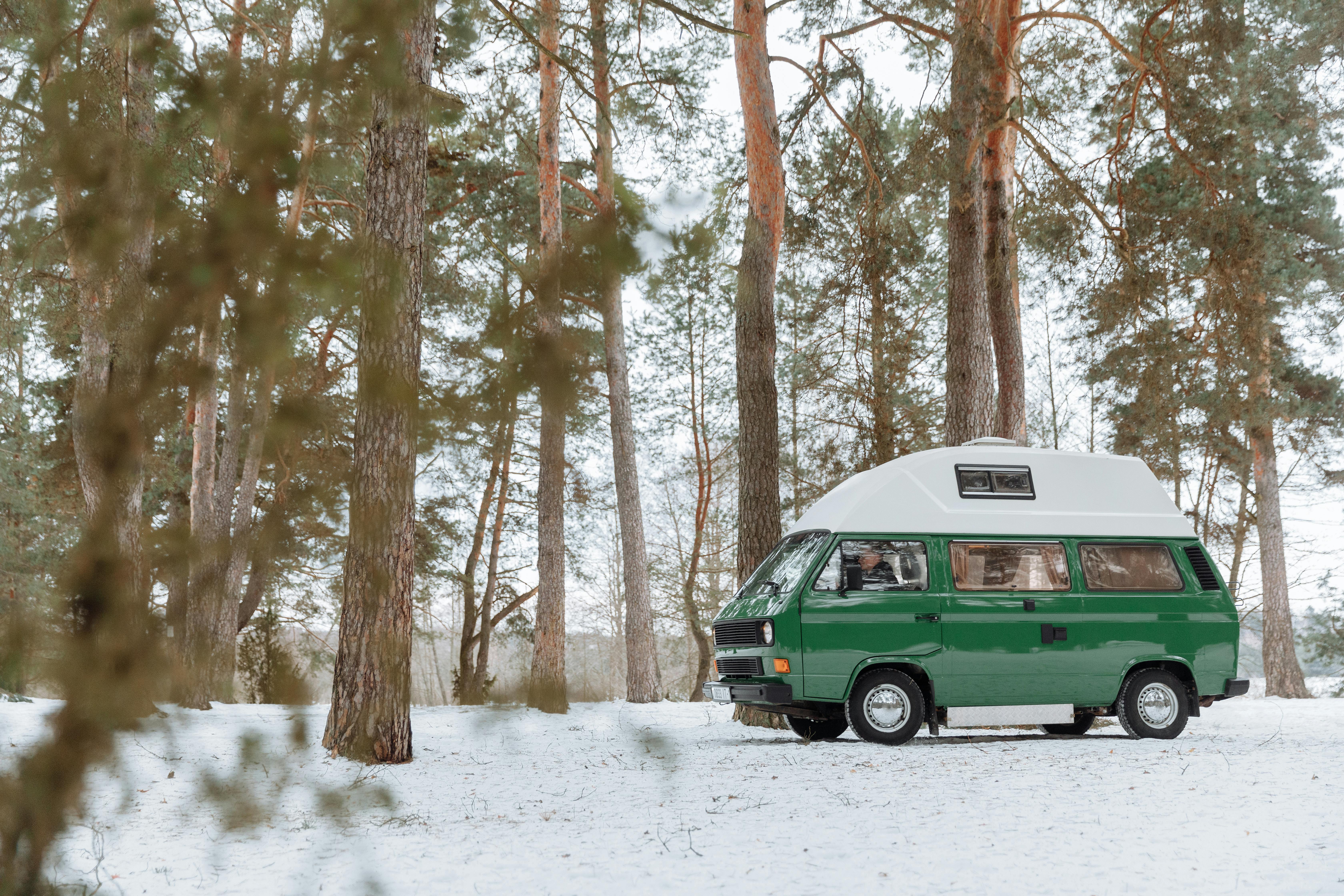
After researching and selecting the ideal heater for your caravan, you’ll be well prepared for your winter getaway. To maintain a snug home away from home, it’s essential to regularly check for mould and clean the space to prevent its growth. If you plan to store your caravan this winter, make sure to drain all systems properly to avoid any freezing damage.
To ensure your peace of mind and comfort consider taking out caravan insurance with us today. Our coverage protects you against theft, accidental damage, and natural disasters such as storms, fires and floods. With the right preparation and protection, you can confidently enjoy your winter caravanning adventures.